
Butterflies have long been symbols of beauty and transformation, fluttering through gardens and meadows across America. But in just two decades, their numbers have dropped by more than 20%, with some species losing over 90% of their populations. Scientists are raising the alarm—if action isn’t taken soon, many butterflies could disappear entirely. What’s behind this rapid decline, and is there still hope for recovery?
Alarming Decline in U.S. Butterfly Populations
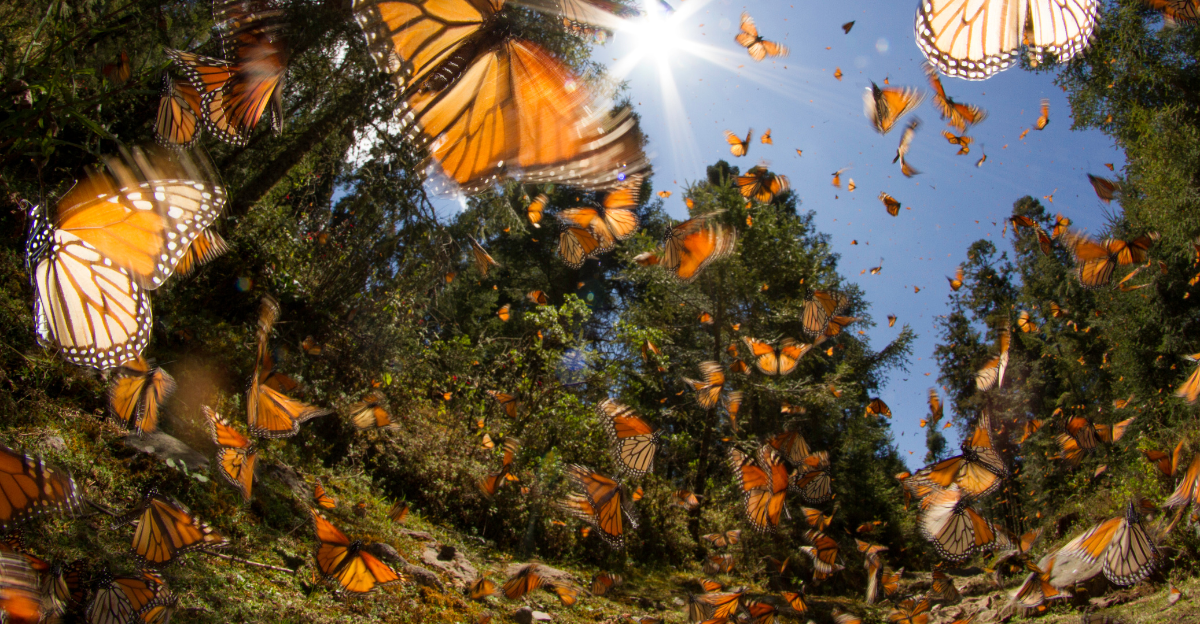
Between 2000 and 2020, butterfly populations in the United States plummeted by 22%, equating to the loss of one in every five butterflies. This significant decline was revealed through a comprehensive study analyzing over 76,000 surveys across 35 monitoring programs.
Comprehensive Research Unveils Disturbing Trends

Researchers examined 12.6 million butterfly sightings, covering 342 species. The findings are alarming: 33% of these species experienced significant declines, with 107 species losing more than half of their populations.
Severe Declines in Specific Species

Certain species have been hit particularly hard. For instance, the West Virginia White butterfly has declined by over 98%, and the West Coast Lady has seen an 80% reduction. Even adaptable species like the West Coast Lady are struggling, indicating widespread environmental issues.
Primary Causes of Butterfly Decline
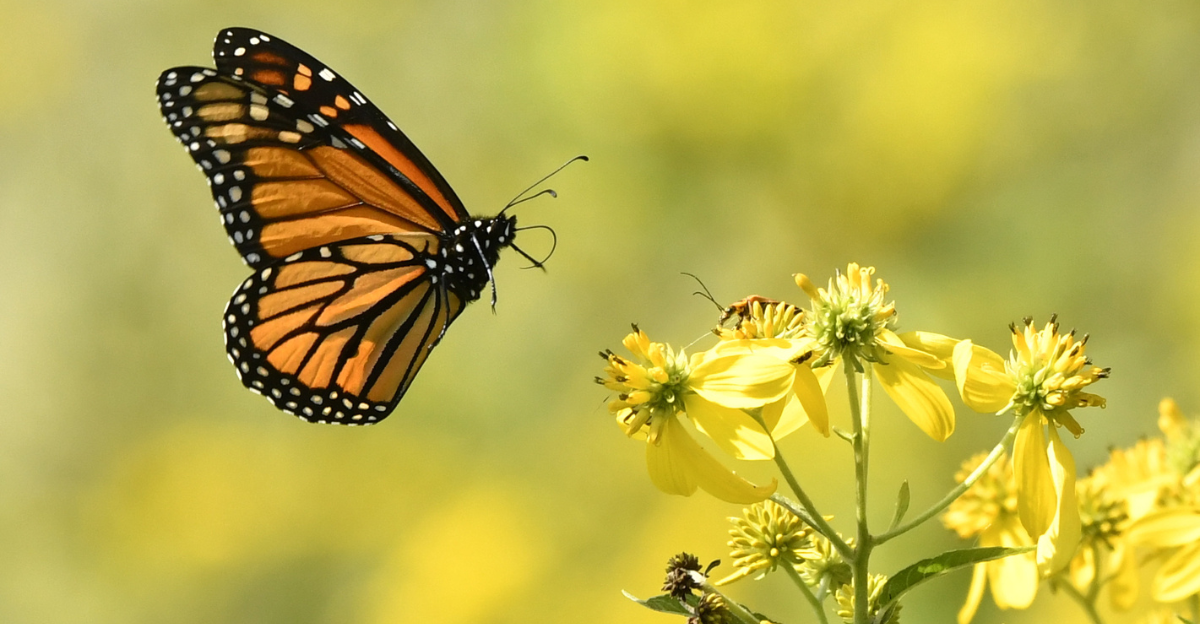
The decline in butterfly populations is primarily attributed to habitat loss, increased pesticide use, and climate change. These factors disrupt breeding patterns and reduce the availability of essential food sources for butterflies.
Regional Disparities in Decline
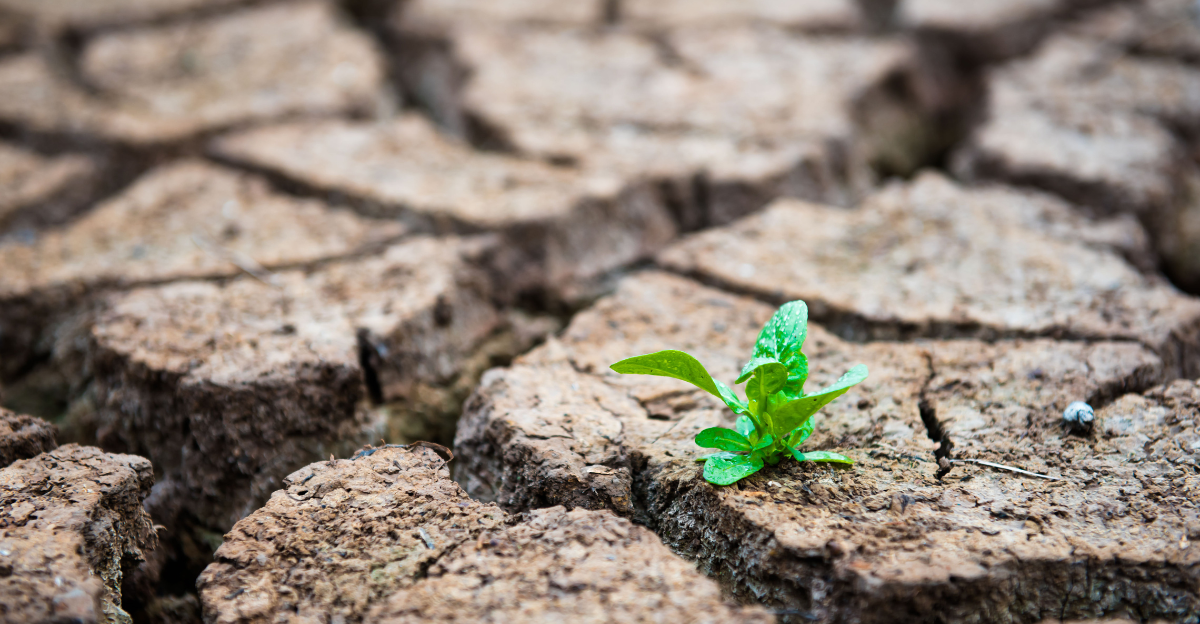
The Southwestern United States, including states like Arizona, New Mexico, Oklahoma, and Texas, has experienced the most significant declines. Drought conditions and rising temperatures in these areas have exacerbated the reduction in butterfly populations.
The Pollinator Paradox: Food Security’s Silent Crisis

Butterflies pollinate 75% of crops, providing $3 billion in free ecological services. Yet, their habitat is being wiped out by pesticides, climate shifts, and land destruction. Agribusiness thinks rented beehives and GMO crops will replace them, but that ignores plant-butterfly dependencies. Lose butterflies, and we risk losing crops like almonds, blueberries, and squash—sending food prices soaring.
Butterflies as Environmental Indicators
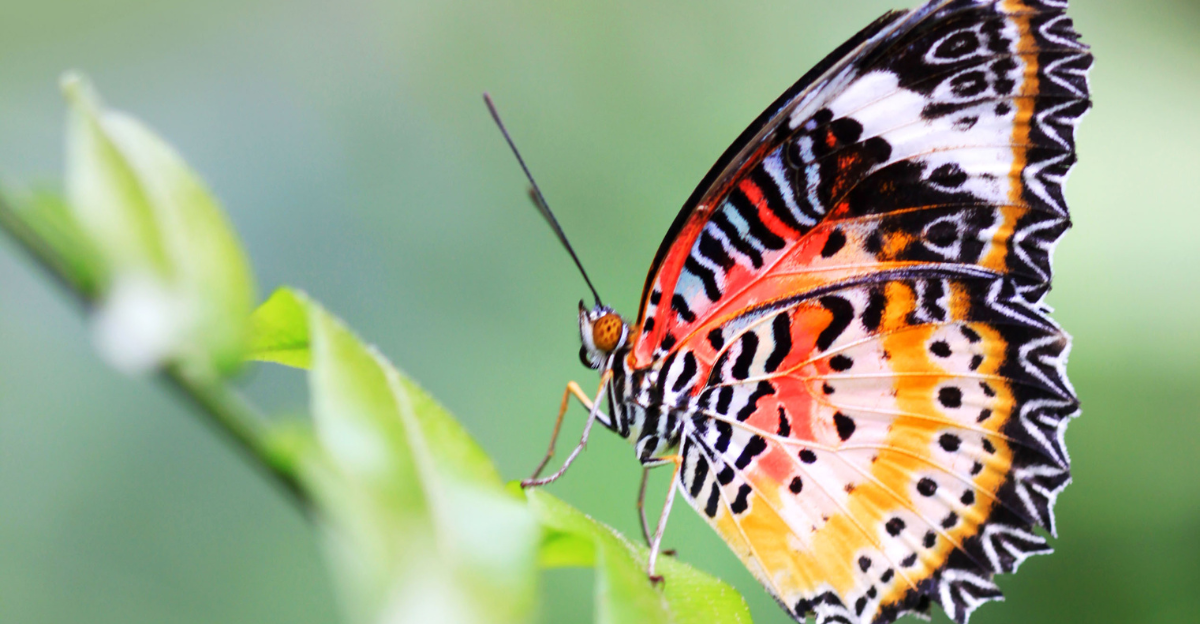
Butterflies serve as indicators of environmental health. Their decline signals broader ecological issues, suggesting that other insect populations and wildlife may also be at risk.
Urgent Need for Conservation Efforts
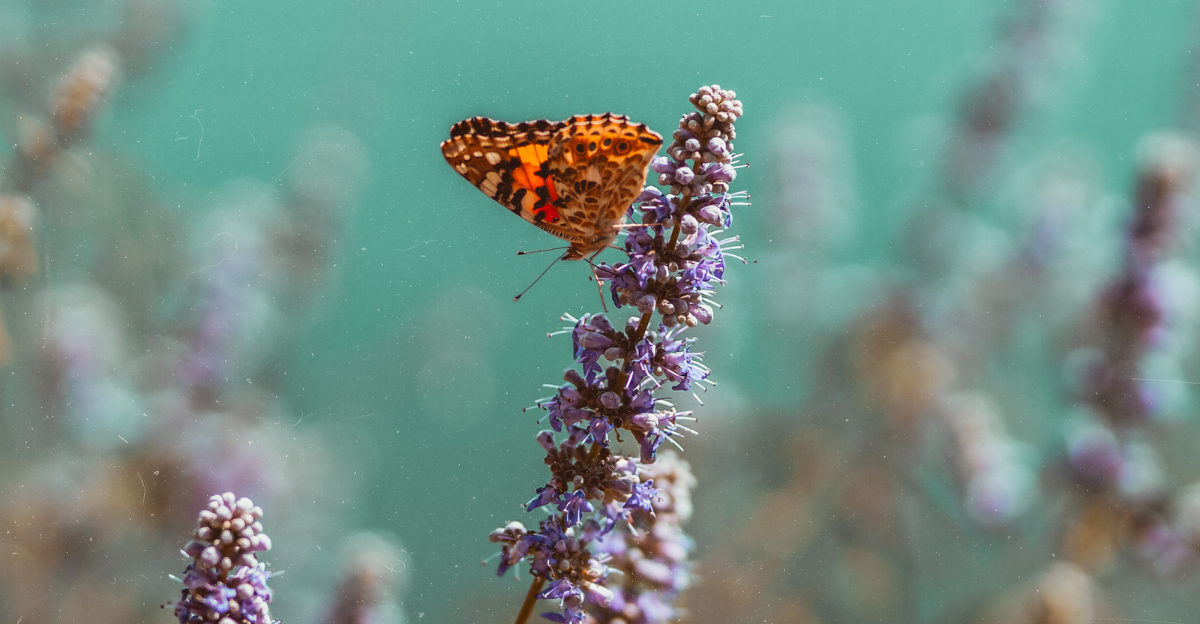
The rapid decline in butterfly populations highlights the need for immediate conservation actions. Protecting habitats, reducing pesticide use, and mitigating climate change are essential steps to halt and reverse these trends.
Potential for Recovery

Despite the alarming decline, butterflies have the potential to recover due to their short life cycles. Implementing conservation measures promptly can lead to rapid population rebounds.
Community Involvement in Conservation

Individuals can contribute to butterfly conservation by planting native wildflowers, reducing pesticide use, and participating in citizen science programs to monitor butterfly populations.
Policy Recommendations
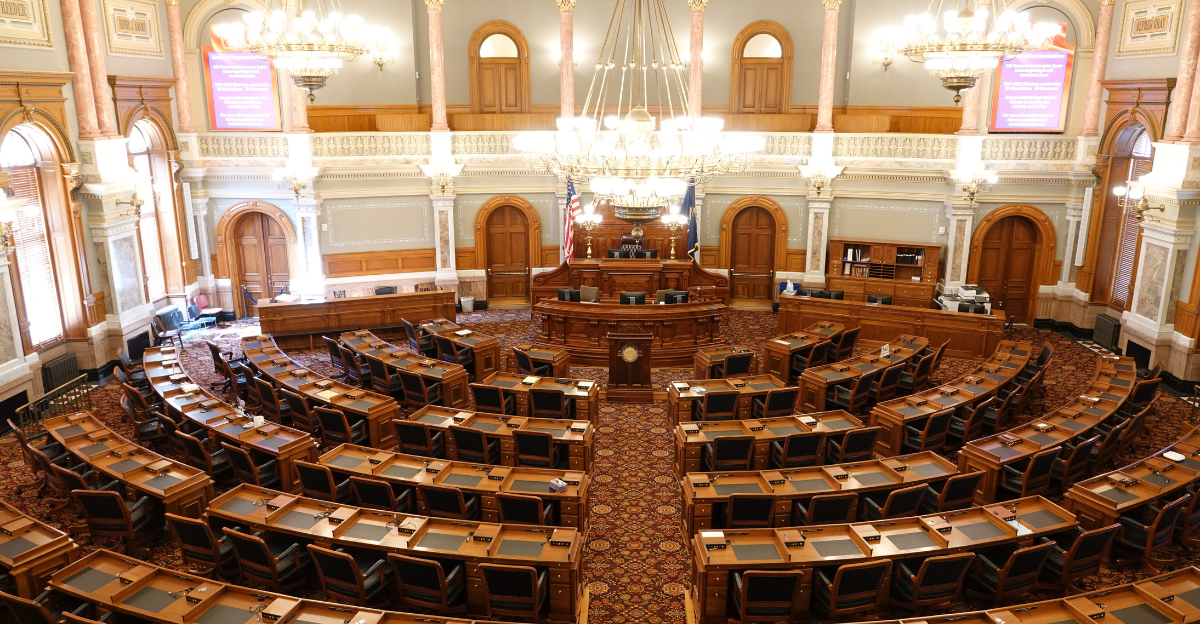
Policymakers should prioritize butterfly conservation by enacting regulations that protect habitats, limit harmful pesticide use, and address climate change through sustainable practices.
Call to Action
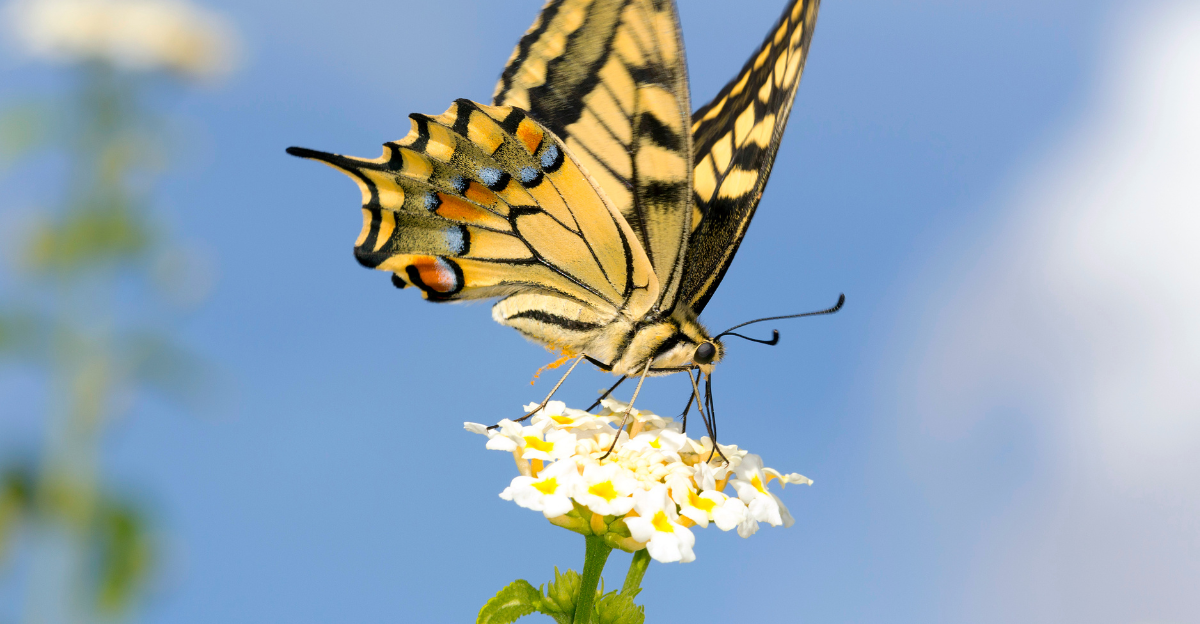
Immediate and coordinated efforts from individuals, communities, scientists, and governments are crucial to address the decline in butterfly populations and ensure the health of our ecosystems for future generations.
Explore more of our trending stories and hit Follow to keep them coming to your feed!

Don’t miss out on more stories like this! Hit the Follow button at the top of this article to stay updated with the latest news. Share your thoughts in the comments—we’d love to hear from you!







